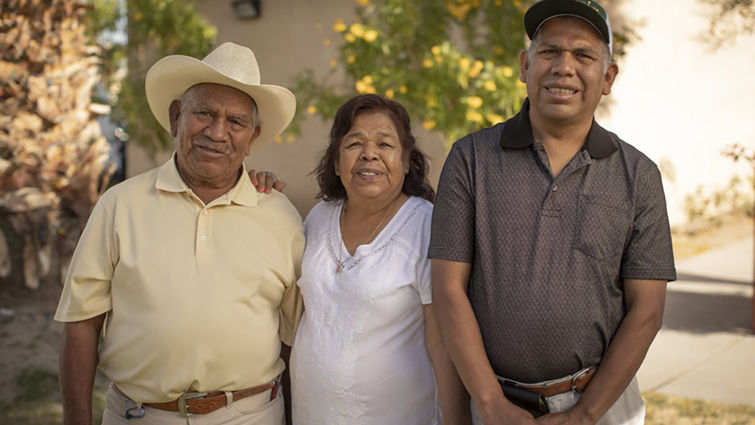
The Institute for Community Partnerships at Loma Linda University Health released the results of a recent 2019 Community Health Needs Assessment, which identified the un-met health needs of the Inland Empire.
The Community Health Needs Assessment (CHNA) was designed to engage people from low-income communities and traditionally under-represented populations.
Home to more than 4.5 million people, the Inland Empire is the third most populous metropolitan area in the State of California. It is the 13th most populous metropolitan area in the United States and at least 1 in 5 residents live in poverty, according to County records. Lower income households are over-represented by minorities.
The CHNA finalized this June reflected a community-first approach. In order to produce a statistically valid sample, Loma Linda University Health and community partners led focus groups of 200 and surveyed over 1,100 in an extensive community-based assessment. Community health workers and outreach workers asked what the most challenging health and social determinant issues residents of San Bernardino and Riverside Counties face.
Community health and outreach workers represented partner organizations including El Sol Neighborhood Educational Center, COPE (Congregations Organized for Prophetic Engagement) and FIND Food Bank of the Coachella Valley.
“The true success of this project is attributed to our community partners and their community health and outreach workers who built trust and worked with so many people to complete the survey,” said Megan Daly, MHA, director for community benefit. “You only get this type of survey response rate when community health workers go out and work with people face-to-face, one-by-one.
“Using the CHNA we were able to identify the primary population health reasons why people come to any of Loma Linda University Health’s four licensed hospitals,” Daly said.
Daly said that among those surveyed, the following health-related social needs were ranked as the highest:
- Poverty
- Income insecurity
- Livable wages
- Food insecurity
- Affordable housing
- Safe green spaces
- Access to healthcare
Daly said the most pressing health need identified across all data collection efforts was the lack of access to behavioral health services, including alcohol and drug addiction treatment. This is because people from low-income households typically lack the ability to pay for private drug and alcohol services. They can then face access issues for services available through Medi-Cal due to high demand for substance abuse services in California, Daly said.
Lifestyle related health conditions such as diabetes and hypertension were reported among adults, and asthma, among children.
Additionally, there was a high prevalence of community members who feel social isolation, which researchers say can significantly affect one’s health and well-being. “One in three people surveyed said that they feel lonely and/or isolated,” Daly said.
Resiliency of the people who live and work in the Inland Empire is at the core of the assets identified, Daly reported. “After many encouraging community conversations, people are in fact optimistic for the future. They believe we will all be healthier if the community works together,” she said.
Assistant vice president for the Institute for Community Partnerships, Juan Carlos Belliard, PhD, MPH, said the assessment is not simply just a one-and-done project.
“While we identified the needs and strengths of the community through our conversations with community members, we will be going back to share the results in continued community dialogue and engagement,” Belliard said. “Our mission is to work with the communities we serve, our community partners, and the regional partners on what we can do to engage in solutions to addressing the most urgent needs.”
Belliard said assessment results will be presented to hospital leadership and community partners in order to identify priorities of upcoming community programs. Loma Linda University Health will then use the triennial assessment results as a benchmark for the next three years of programming over the 2020-2022 community benefit investment cycle.
The CHNA supports the community benefit programming of Loma Linda University Health’s four licensed non-profit hospitals: Loma Linda University Medical Center, Loma Linda University Children’s Hospital, Loma Linda University Medical Center – Murrieta and Loma Linda University Behavioral Medicine Center.
“It has been our privilege to listen to and understand the voice of people from the far reaches of our region,” said Richard H. Hart, MD, DrPH, president of Loma Linda University Health. “As we continue to fulfill the teaching and healing ministry of Jesus Christ to make man whole, we are not only building the health system of tomorrow for our community, we are partnering with resilient, hopeful community members and partners to ensure our region thrives.”
A full report of the Community Health Needs Assessment can be found on the Loma Linda University Health Community Benefit website.
